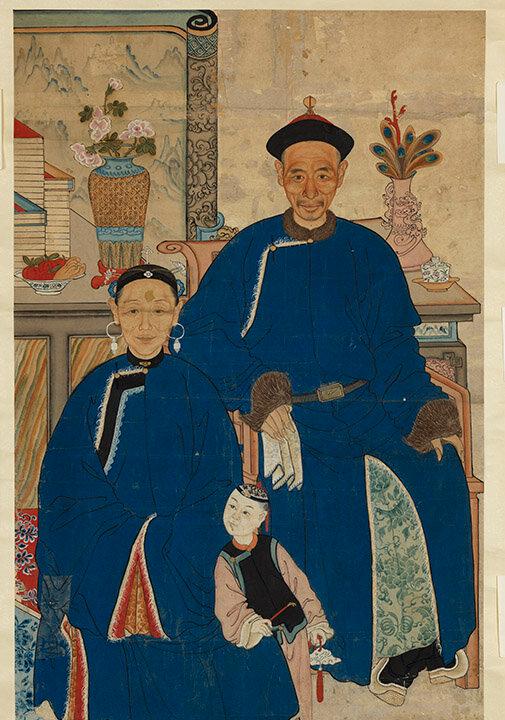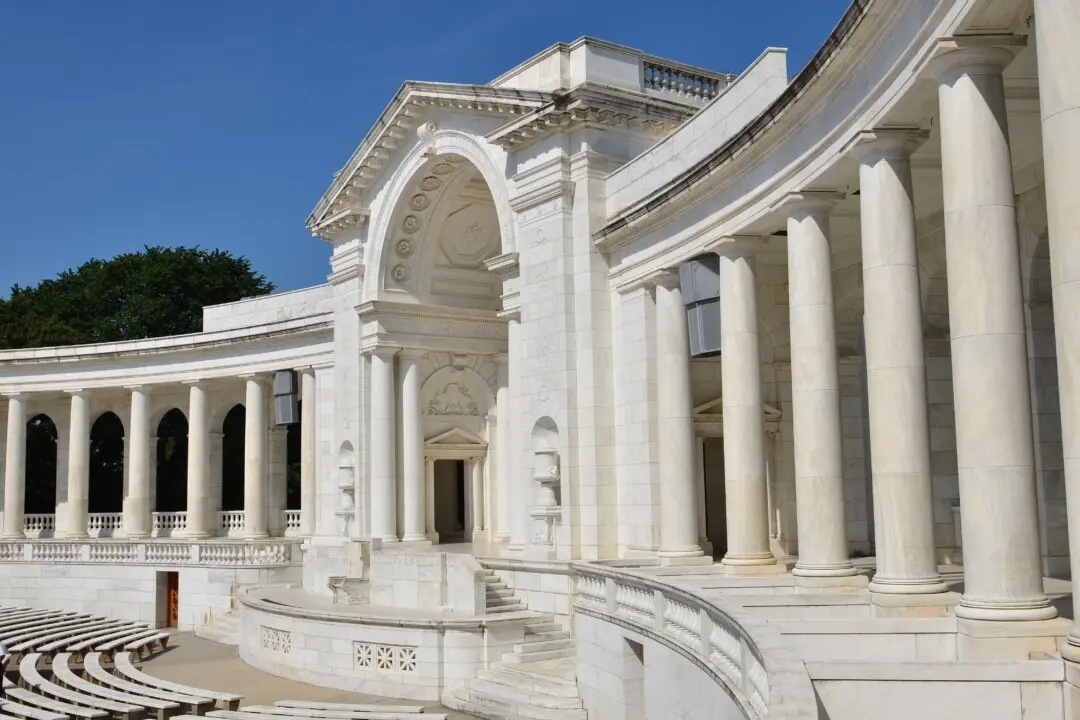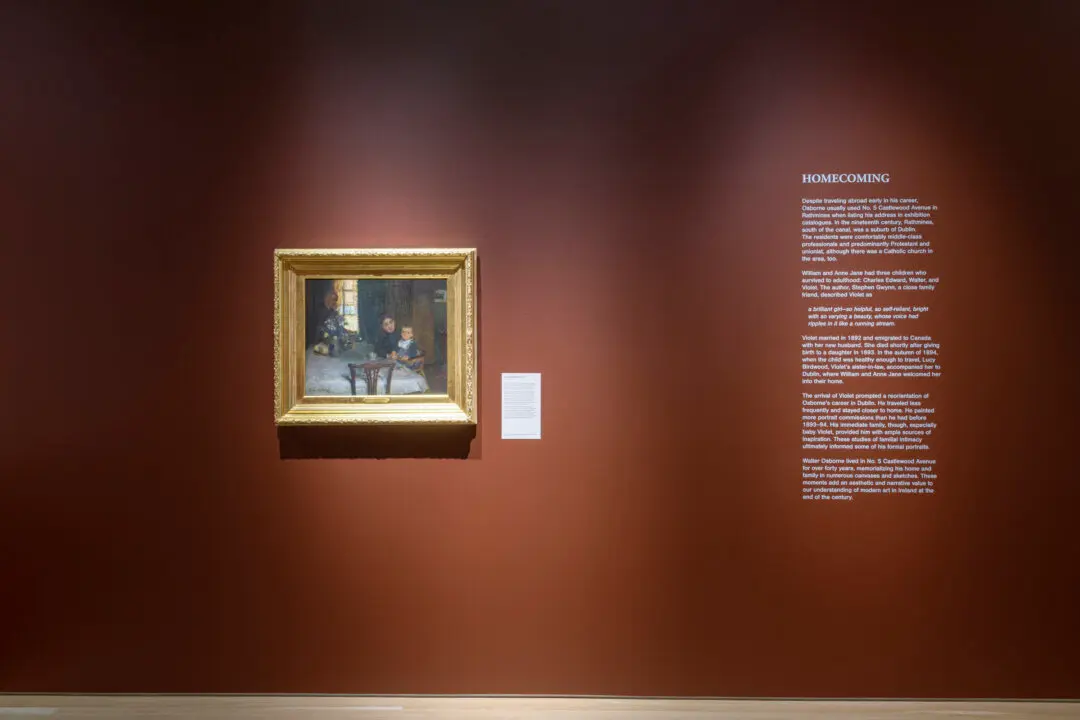In the not too distant past, the Chinese freely worshiped their ancestors and deities within their own homes. Worship was an important part of daily life and had been that way since ancient times.
Since the Chinese Communist Party (CCP) took control of the Republic of China in 1949, it has discouraged and finally all but destroyed traditional Chinese culture. Today the religious and traditional beliefs of the Chinese people have been banned, and any trace of their existence has been virtually destroyed or maligned.






